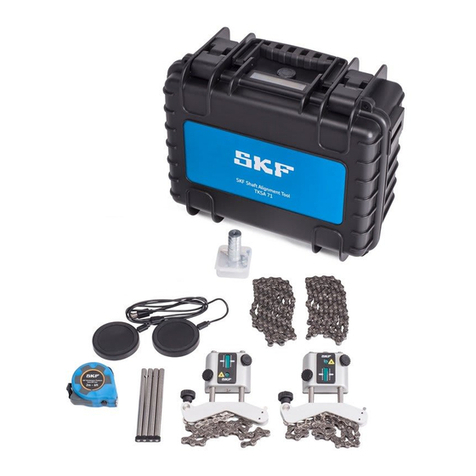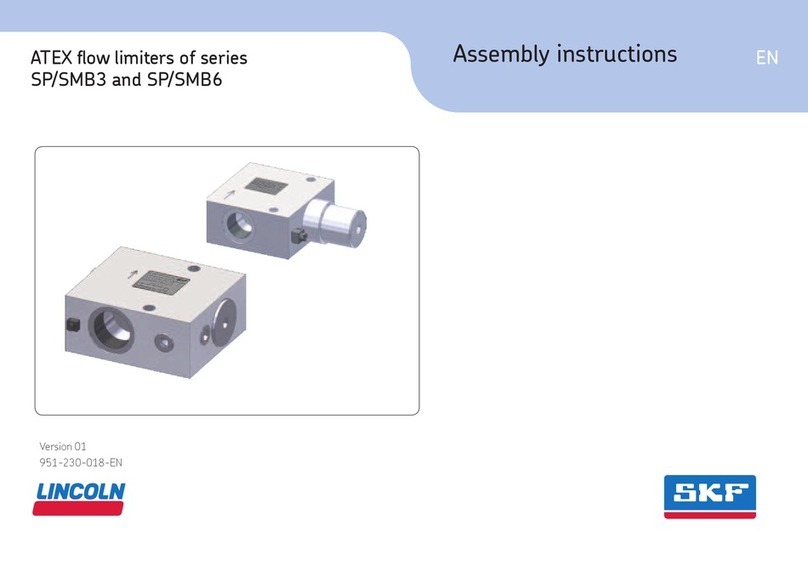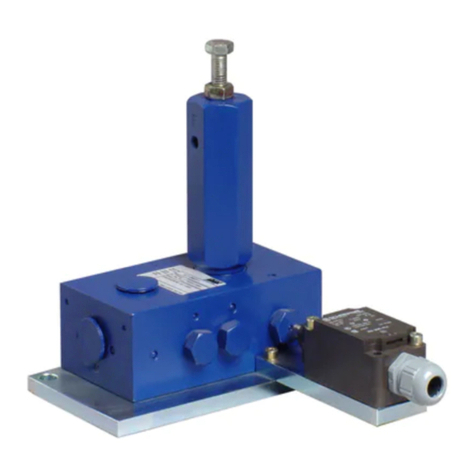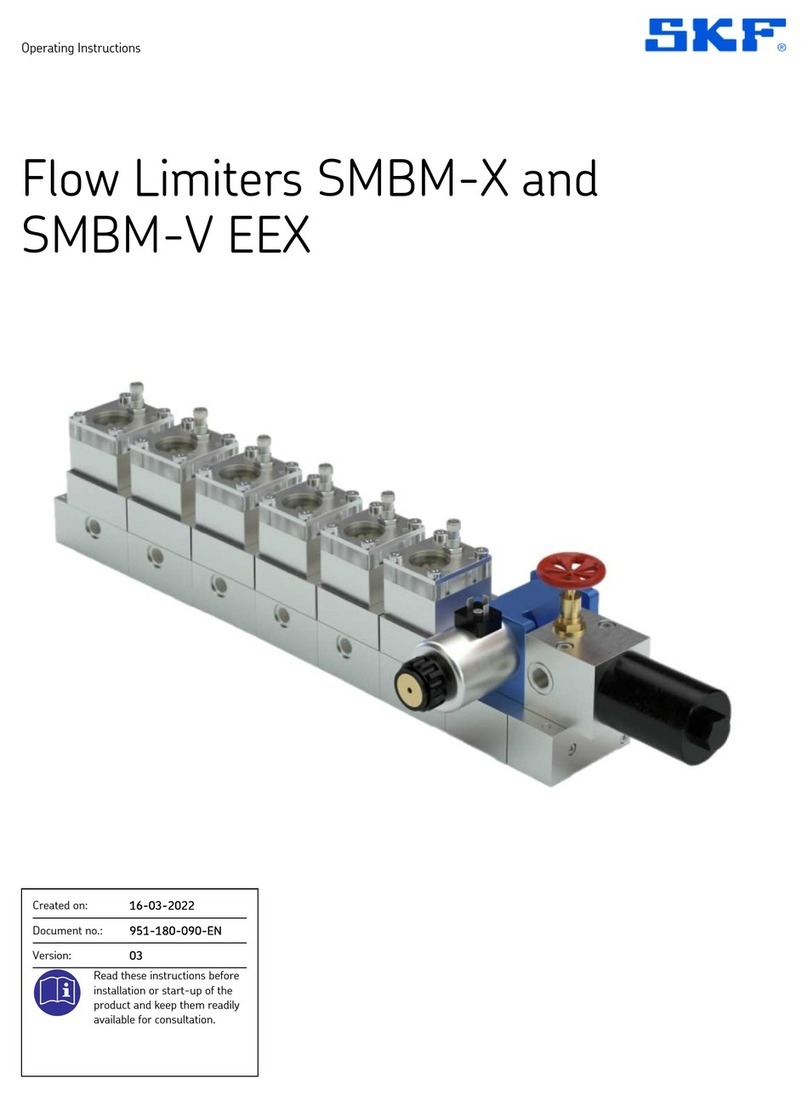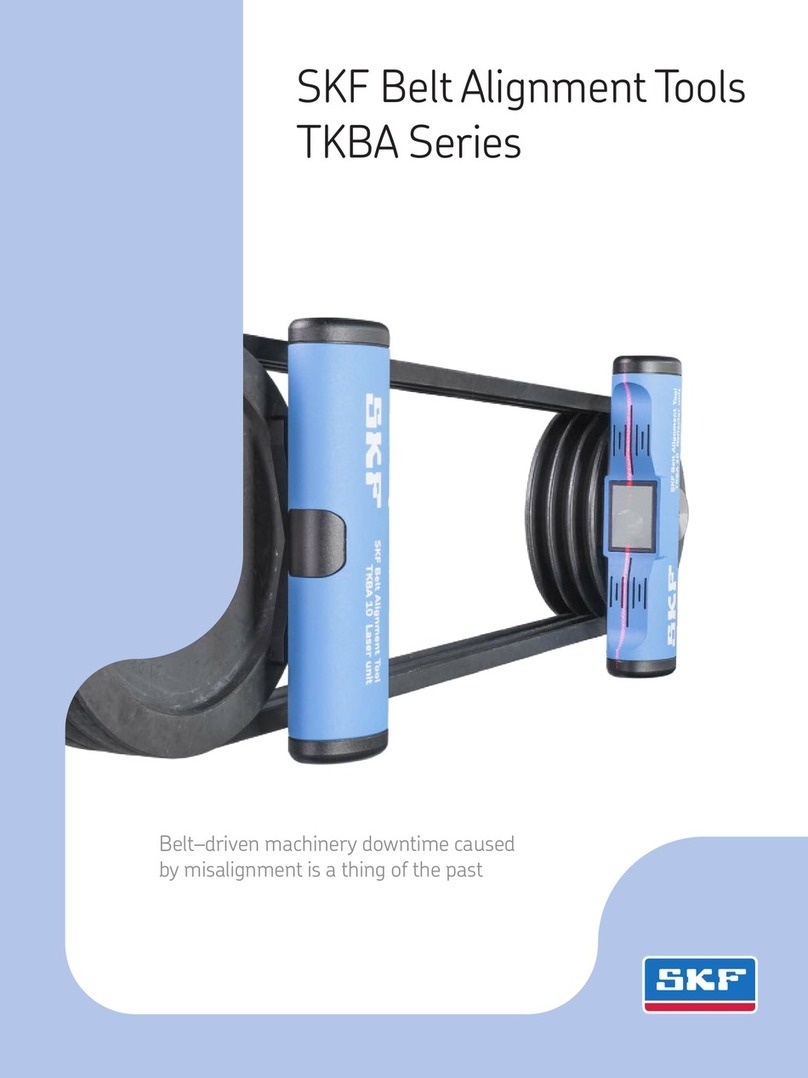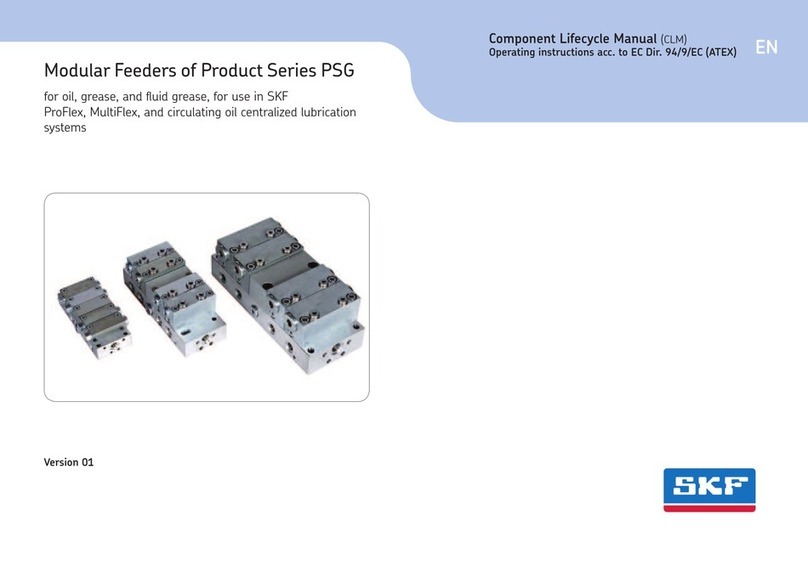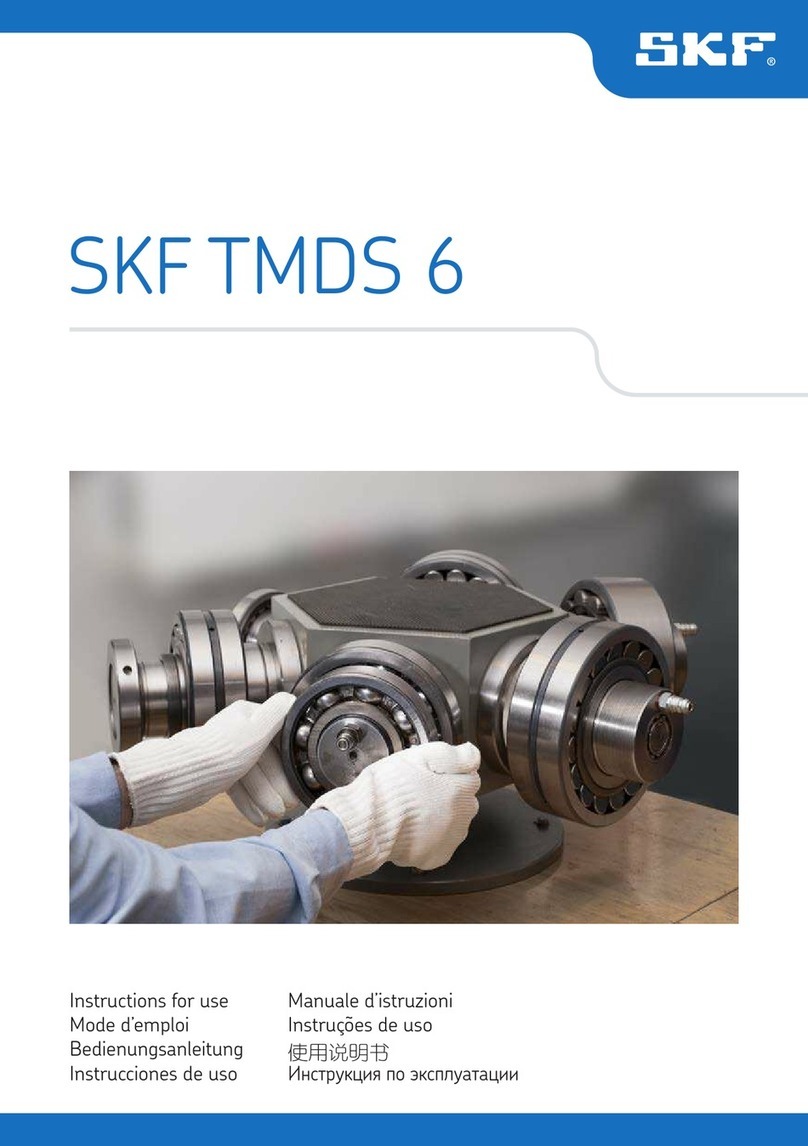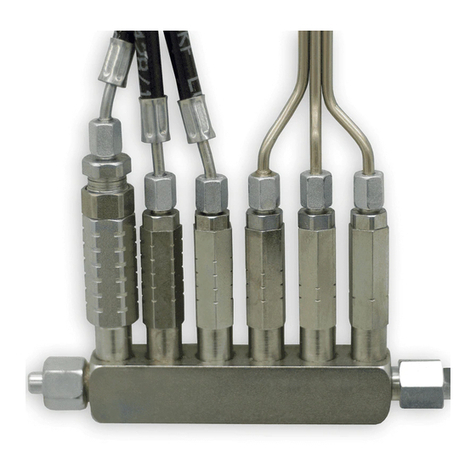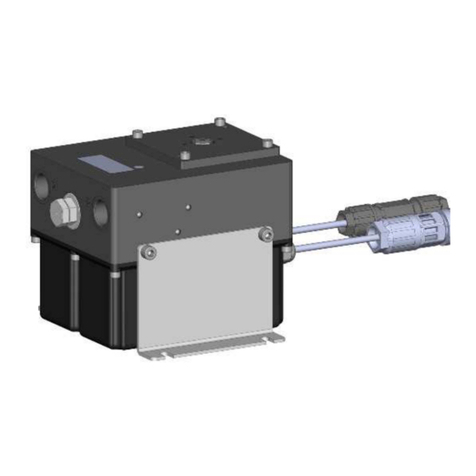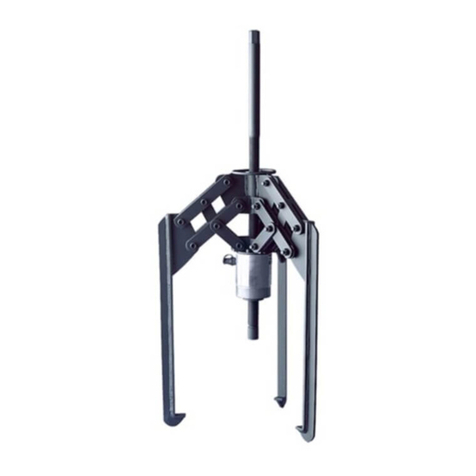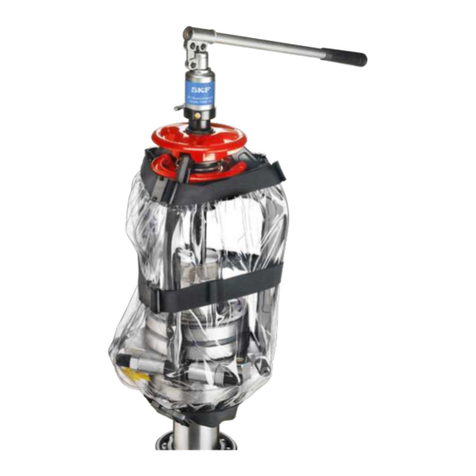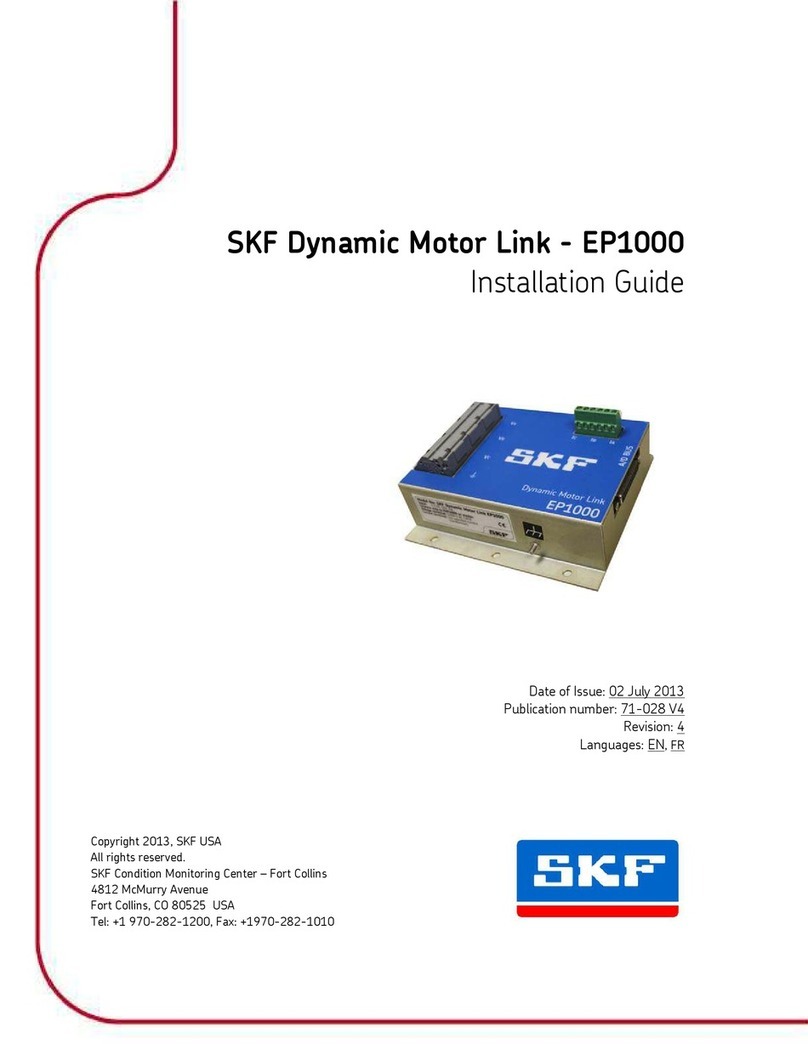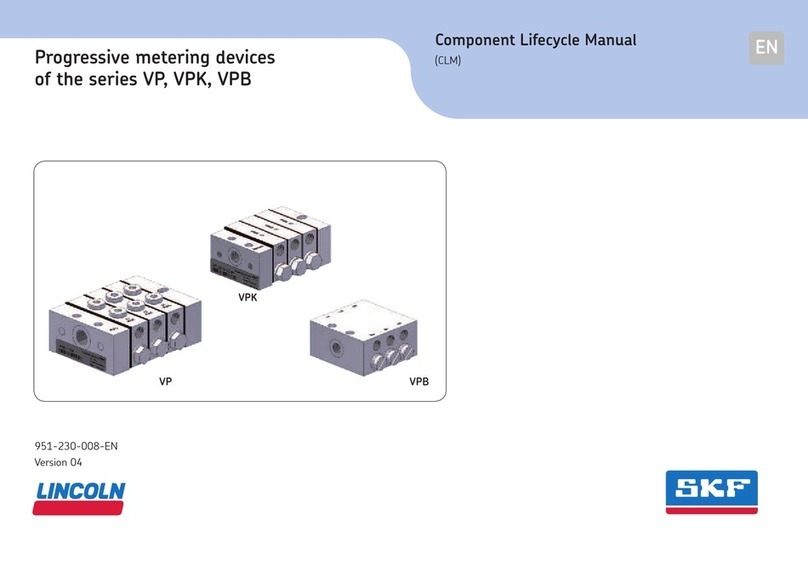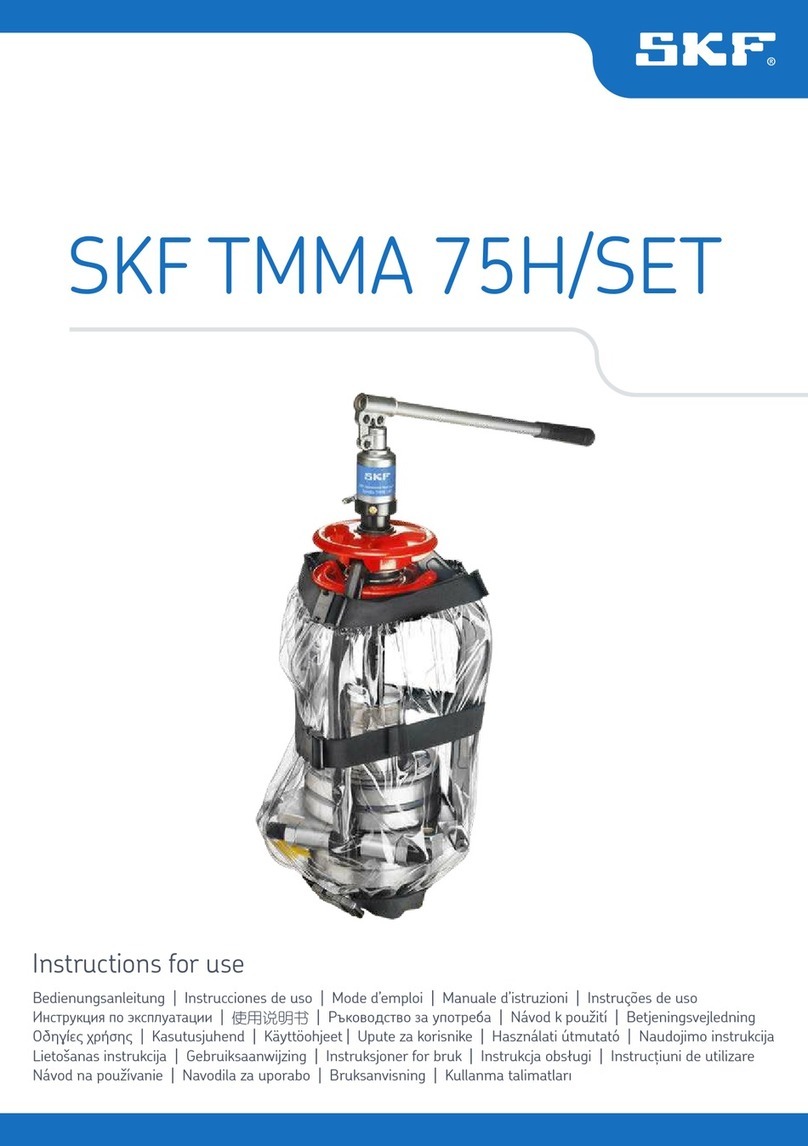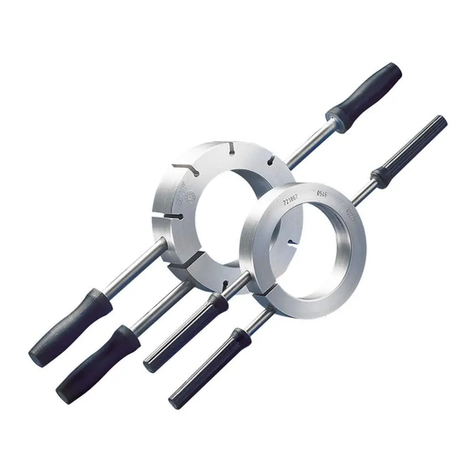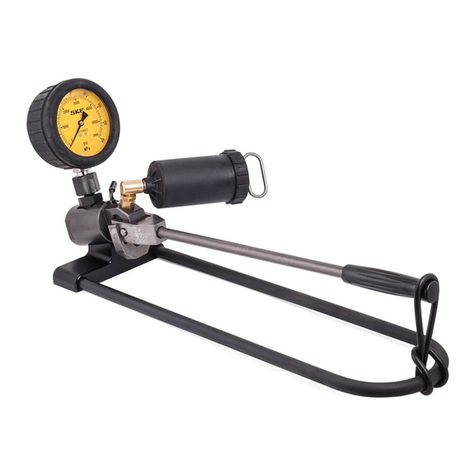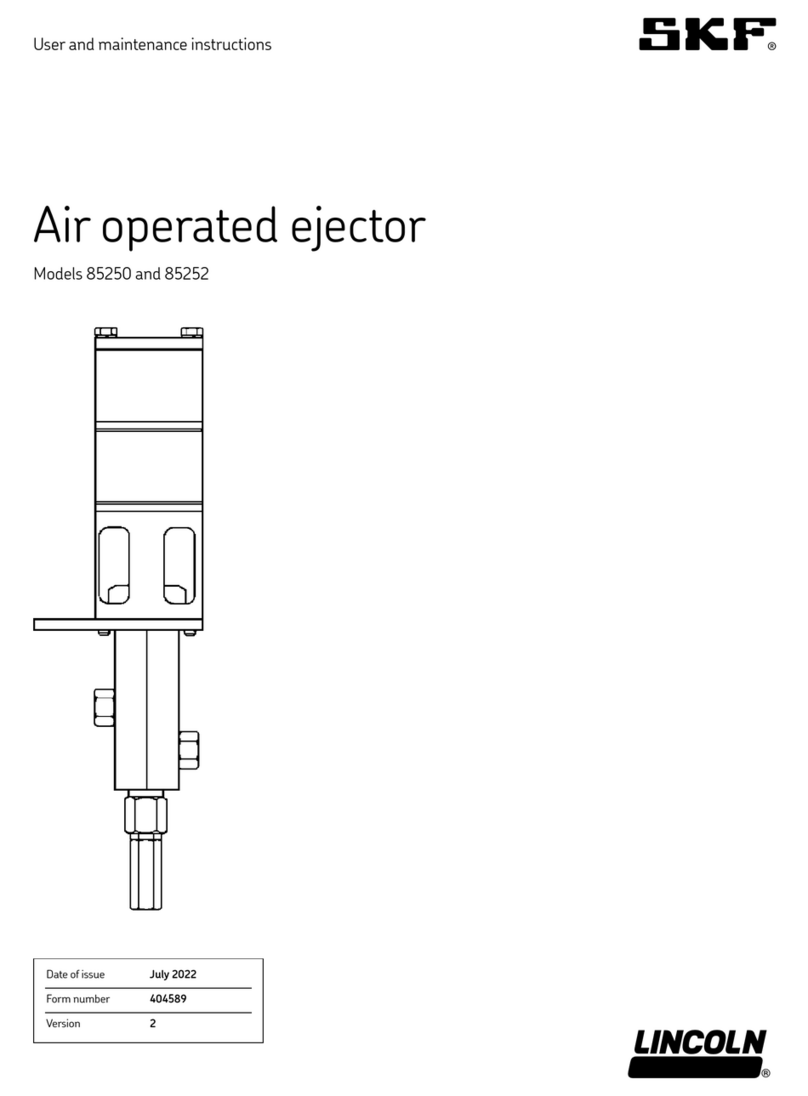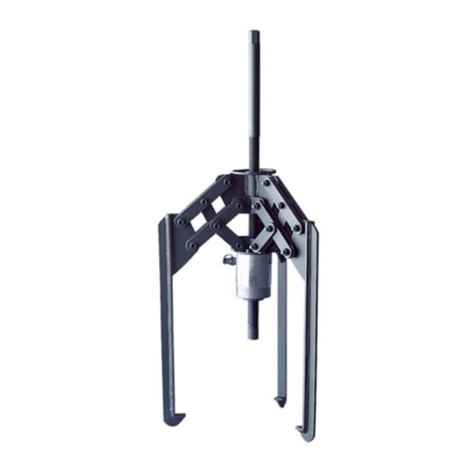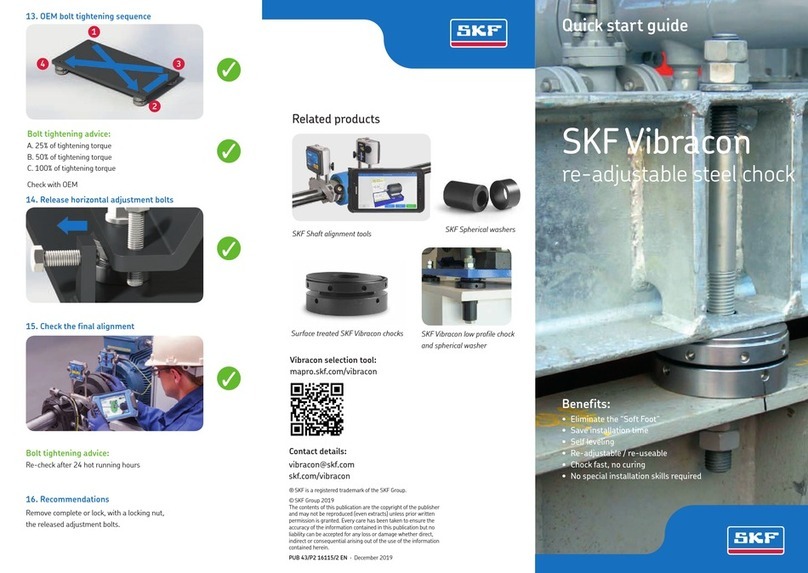6
ENEN
Safety instructions
1.1 General safety instructions
The described product, i.e. the pre-lubricati-
on metering devices of the OI-AL-SR series,
was manufactured according to the state of
the art.
Risks may, however, arise from its usage
and may result in harm to persons or dama-
ge to material assets.
Any malfunctions which may affect safety
must be remedied immediately. In addition
to the lifecycle manual, general statutory re-
gulations and other regulations for accident
prevention and environmental protection
must be observed and applied.
1.2 General behaviour when handling the
product
o The product may only be used in aware-
ness of the potential dangers, in proper
technical condition, and according to the
information in these instructions.
o Technical personnel must familiari-
ze themselves with the functions and
operation of the product. The specified
assembly and operating steps and their
sequences must be observed.
oAny unclear points regarding proper con-
dition or correct assembly/ operation must
be clarified. Operation is prohibited until
issues have been clarified.
o Unauthorized persons must be kept away
from the product.
o Responsibilities for different activities
must be clearly defined and observed.
Uncertainty seriously endangers safety.
o Protective and safety mechanisms cannot
be removed, modified, or disabled during
operation and must be checked for proper
function and completeness at regular
intervals.
If protective and safety mechanisms
must be removed, they must be installed
immediately following conclusion of work
and then checked for proper function.
o Any malfunctions that occur must be
resolved according to responsibility. The
operator of the system/ machine must be
notified in case of malfunctions outside
the scope of responsibility.
o Wear personal protective equipment.
o Observe the particular safety data sheets
when handling lubricants.
1. Safety Indications
